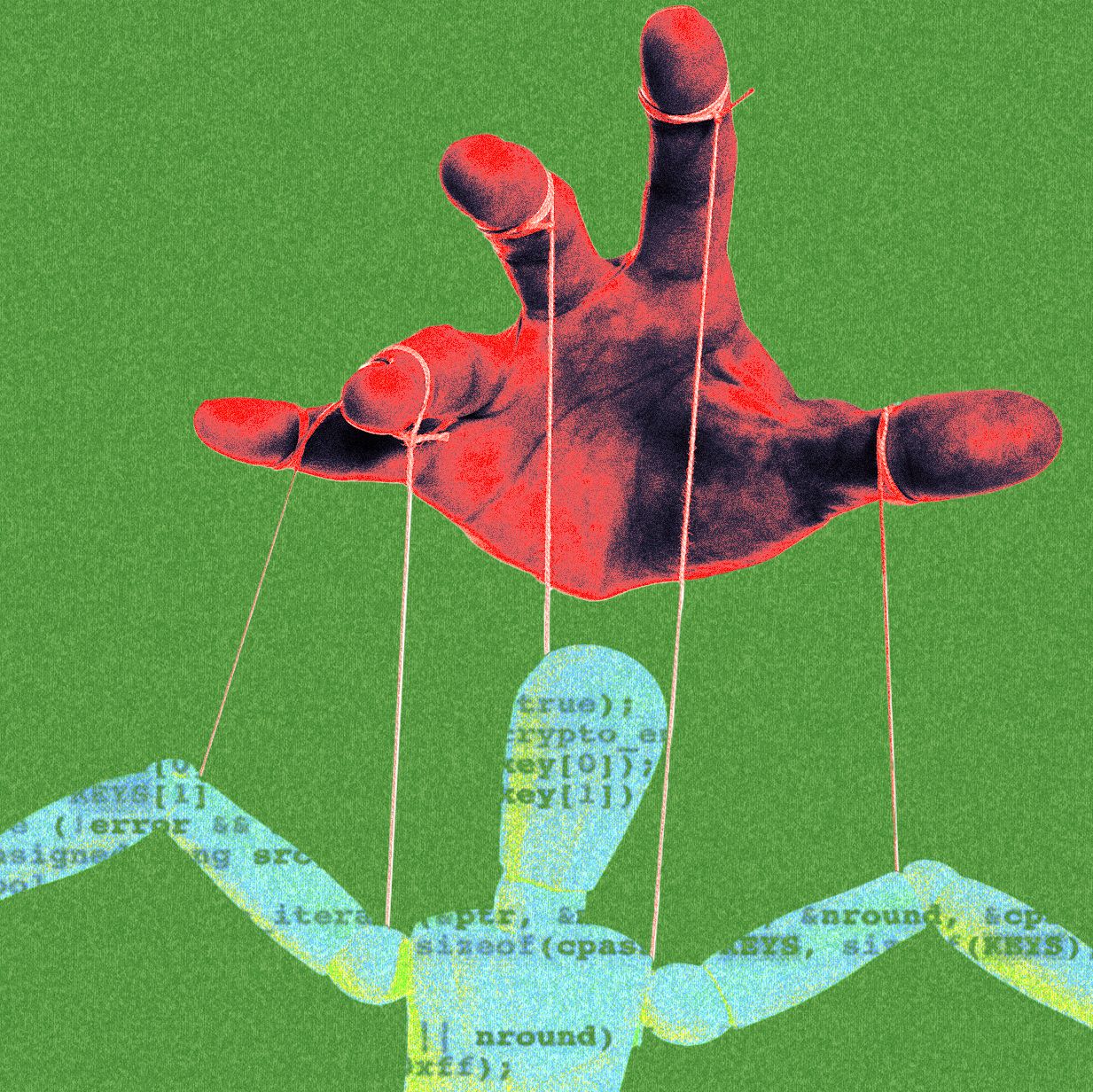Synthetic Data Is a Dangerous Teacher

Synthetic Data Is a Dangerous Teacher
Synthetic data, which is artificially generated data rather than being obtained from real-world sources, has become increasingly popular in various industries due to its cost-effectiveness and ease of access.
However, relying solely on synthetic data for training machine learning models can be a dangerous practice as it may not accurately reflect real-world scenarios and could lead to biased or inaccurate results.
One of the major drawbacks of synthetic data is that it lacks the complexity and nuances of real data, making it difficult for models to generalize and perform well in real-world settings.
Furthermore, synthetic data may unintentionally perpetuate stereotypes or biases that are present in the training data, which can have ethical implications and negative consequences for decision-making processes.
As machine learning models continue to play a significant role in various aspects of our lives, it is essential to ensure that they are trained on diverse and representative datasets to avoid reinforcement of harmful biases.
Organizations should aim to use a combination of synthetic and real data to train their models, ensuring that they are exposed to a wide range of scenarios and data distributions.
It is also crucial for data scientists and machine learning engineers to carefully evaluate the quality and representativeness of the synthetic data they use to mitigate the risks associated with biased or inaccurate models.
Ultimately, synthetic data can be a valuable tool for generating insights and testing models, but it should be used in conjunction with real data to provide a more comprehensive and accurate training set.
By acknowledging the limitations of synthetic data and taking steps to address potential biases, organizations can leverage the benefits of both synthetic and real data to develop robust and ethical machine learning models.






